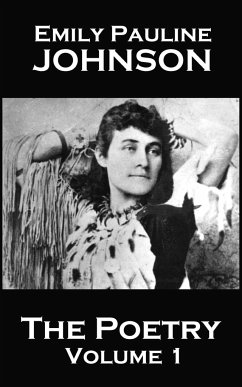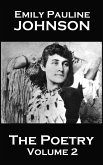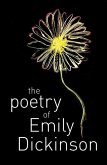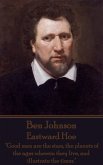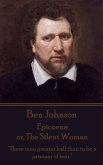Emily Pauline Johnson was born in Chiefswood, on the Six Nations Indian Reserve near Brantford Ontario in 1856, the youngest of four children. Her mother was English and her father a Mohawk chief who brought them up to respect both the English and Mohawk cultures. A sickly child, her education was mostly at home and informal by her mother and non-Native governesses together with a few years at the small school on the reserve. She read widely from the family's expansive library. She read widely works by the great poets and tales about Native peoples. At age 14, Johnson went to Brantford Central Collegiate and graduated in 1877. In the 1880s, she wrote and performed in amateur theatre productions. In 1883 she published her first poem, "My Little Jean," in the New York Gems of Poetry. In 1885 Charles G.D. Roberts published Johnson's "A Cry from an Indian Wife" in The Week, his Toronto magazine. In 1886 Johnson was commissioned to write a poem to mark the unveiling of a statue of Joseph Brant, the important Mohawk leader during and after the American Revolutionary War. Her "Ode to Brant" was read at the 13th October ceremony before "the largest crowd the little city had ever seen." During the late 1880s and early 1890's, Johnson continued to build her reputation, regularly publishing in The Globe, The Week, and Saturday Night. Among the praise was "the most interesting poetess now living." Her first volume of poetry, The White Wampum, was published in London in 1895 followed by Canadian Born in 1903. The expanded contents of these volumes were published as the collection Flint and Feather in 1912. After retiring from her theatre work in August 1909, Johnson moved to Vancouver, British Columbia and continued writing poems, articles and stories. The posthumous Shagganappi (1913) and The Moccasin Maker (1913) are collections of selected stories first published in periodicals. Emily Pauline Johnson died of breast cancer in Vancouver, British Columbia on 7 March 1913. Her funeral, then the largest in Vancouver history, was held on what would have been her 52nd birthday. Her ashes were buried near Siwash Rock in Stanley Park.
Hinweis: Dieser Artikel kann nur an eine deutsche Lieferadresse ausgeliefert werden.
Hinweis: Dieser Artikel kann nur an eine deutsche Lieferadresse ausgeliefert werden.

